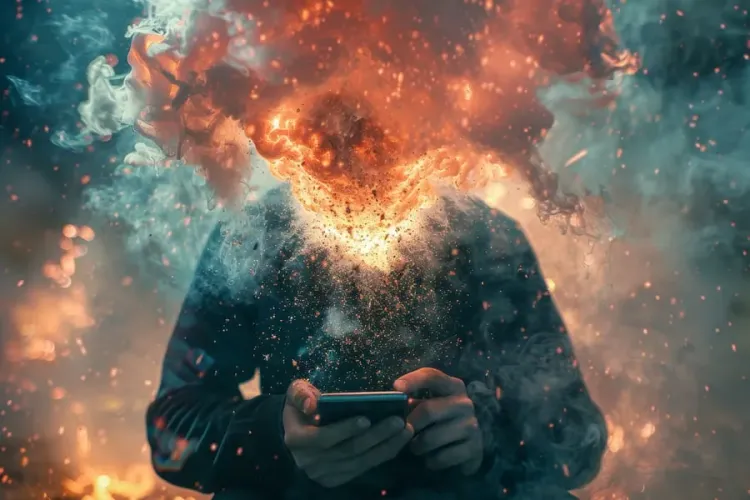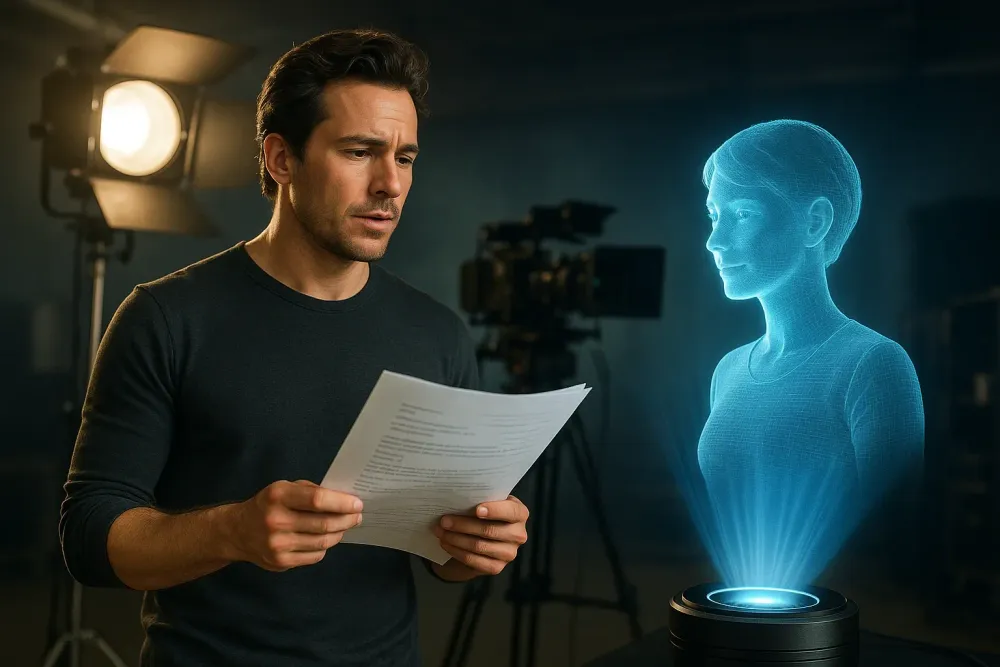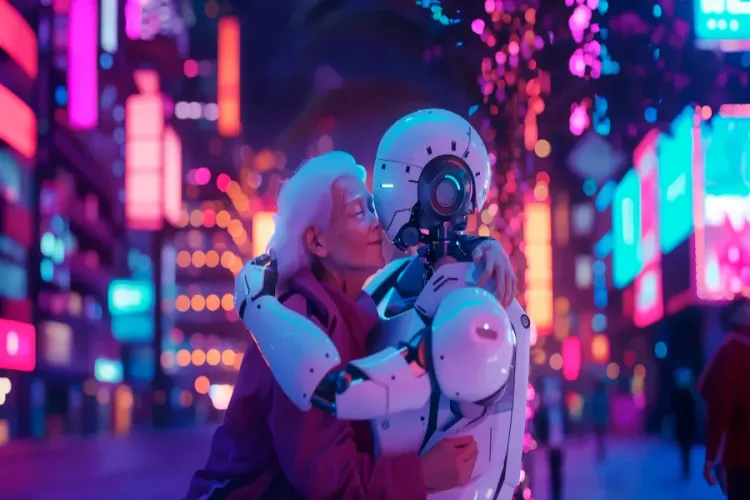 A girl in a blue dress in Studio Ghibli style.
A girl in a blue dress in Studio Ghibli style.
Unleashing the Magic of AI in Studio Ghibli-Style Creations
This section introduces how modern AI tools can emulate the warmth, whimsy, and pastoral charm associated with Studio Ghibli—while keeping your work original, ethical, and uniquely yours.
Studio Ghibli has captivated audiences worldwide with its enchanting animations and distinct artistic style. But what if you could harness the power of artificial intelligence to create your own Ghibli-inspired masterpieces? In this comprehensive guide, we'll explore how to make AI art that captures the essence of Studio Ghibli's magical worlds, leveraging cutting-edge AI technologies and techniques.
Understanding AI Art Generation: The Foundation of Digital Creativity
Here’s a plain-English primer on how AI image models learn from data, interpret prompts, and render visuals—so you know what’s happening under the hood before you start creating.
Before we dive into the creation process, it's essential to understand what AI art is and how it works. AI-generated art relies on sophisticated algorithms and neural networks to produce visual compositions. These AI models have been trained on vast datasets of images, including anime and Studio Ghibli films, allowing them to learn and reproduce various artistic styles.
The recent advancements in AI technology, such as those seen in Gemma AI and Qwen AI, have pushed the boundaries of what's possible in AI-generated art. These models demonstrate increased efficiency and accessibility, making it easier for artists and enthusiasts to create stunning visuals with AI assistance.
7 Steps to Create Studio Ghibli-Inspired AI Art
Follow this quick, repeatable workflow—from choosing a generator to post-processing—to consistently produce soft palettes, whimsical characters, and nature-first scenes.
- Choose the Right AI Art Generator
Selecting the appropriate AI art generator is crucial for achieving Ghibli-like results. While popular options like Midjourney, Stable Diffusion, and DALL-E 2 are well-known, new contenders are constantly emerging. For instance, Kimi AI has made significant strides in multimodal AI, which could potentially offer more nuanced control over artistic styles. - Craft Your Prompt
The key to achieving Ghibli-like results lies in your prompt. Be specific about Ghibli's signature elements:- Lush, natural landscapes
- Whimsical characters
- Soft, pastel color palettes
- Magical creatures or spirits
- Example prompt: "A serene forest scene with a young girl riding a giant, fluffy white creature, in the style of Studio Ghibli, soft pastel colors, magical atmosphere, detailed foliage, and a distant floating castle in the sky"
- Experiment with Style Transfer
Some AI tools allow you to upload reference images. Try uploading stills from Ghibli films to guide the AI's style. This technique, known as neural style transfer, can help achieve more authentic results. As AI models like GPT-4.5 continue to evolve, we can expect even more sophisticated style transfer capabilities in the future. - Refine and Iterate
Don't be afraid to experiment and refine your prompts. Each iteration can bring you closer to that perfect Ghibli-esque creation. Pay attention to:- Color palette: Adjust your prompts to match Ghibli's signature soft, pastel hues
- Lighting: Experiment with different lighting conditions to capture the magical atmosphere
- Character design: Focus on creating expressive, endearing characters reminiscent of Ghibli's style
- Environmental details: Include wind-swept grass, fluffy clouds, or intricate architectural details
- Incorporate Narrative Elements
Studio Ghibli films are known for their rich storytelling. Infuse your AI-generated art with narrative:- Create a series of images that tell a story
- Include symbolic objects or creatures that hint at a larger narrative
- Experiment with different perspectives to create a sense of scale and wonder
- Post-Processing
Add your personal touch via light editing:- Adjust colors and contrast
- Add subtle textures
- Enhance the magical atmosphere with glows or particles
- Refine any missed details
- Collaborate with AI
As seen with advances like Manus AI, treat the model as a creative partner—combine AI outputs with your hand edits for truly original work.
Advanced Techniques for Studio Ghibli-Inspired AI Art
Once you’ve nailed the basics, these pro tips—layering, light animation, and 3D—unlock finer control and richer, filmic results.
 A girl in a blue dress in custom Studio Ghibli style.
A girl in a blue dress in custom Studio Ghibli style.
As you become more comfortable with basic AI art generation, consider exploring these advanced techniques to take your Ghibli-inspired creations to the next level:
- Layered Prompts
Instead of creating an entire scene with a single prompt, build your image in layers:- Layer 1: "A misty forest background in Studio Ghibli style"
- Layer 2: "A young girl with red hair and a blue dress in Ghibli style"
- Layer 3: "A large, fluffy white spirit creature"
- Combine these layers in post to control composition precisely.
- Animation Techniques
Create a simple loop by generating slight variations and stitching them as a GIF/video—great for wind, clouds, or blinking eyes. - 3D Integration
Experiment with tools that output or ingest 3D to design scenes you can render or use as references for 2D work. - Voice-to-Image Generation
Emerging tools let you speak your prompt—useful for capturing nuanced direction quickly.
The Role of Multimodal AI in Studio Ghibli-Style Art Creation
Multimodal models can blend text, image, and audio, helping you storyboard scenes, score them, and even prototype short animations—all in one flow.
The development of multimodal AI, as seen in Kimi AI's k1.5 model, opens up exciting possibilities for Studio Ghibli-inspired art creation. These models can process and generate content across multiple modalities, such as text, images, and even audio.
For Ghibli-style art, this could mean:
- Generating images based on textual descriptions of scenes
- Creating ambient background music that matches the mood
- Producing short animated sequences to test story beats
As these multimodal systems continue to evolve, we can expect even more immersive and comprehensive Ghibli-inspired creations.
Ethical Considerations in AI Art Creation
Keep your work on the right side of creativity: disclose AI use, respect IP, avoid direct imitation, and watch for bias in datasets and outputs.
As we explore the possibilities of AI-generated art, it's crucial to consider the ethical implications. The use of AI in art raises questions about authorship, originality, and the value of human creativity. Here are some key considerations:
- Attribution and Transparency
Be clear about how AI contributed to the work. - Copyright and Fair Use
Use Ghibli-inspired aesthetics without copying specific protected assets; be cautious with commercial use. - Preserving Human Creativity
Let AI augment, not replace, your practice. - Bias in AI Models
Be intentional about inclusive representation.
The Future of AI in Anime-Style Art Creation
Expect sharper style control, agentic co-creators, real-time feedback, and immersive AR/VR pipelines that turn concepts into living worlds.
The rapid advancements in AI technology promise an exciting future for anime and Ghibli-style art creation. As models like GPT-4.5 and Grok 3 continue to evolve, we can expect:
- More Precise Style Replication
Finer control over palettes, linework, and film-specific moods. - Interactive Art Creation
Agentic AI that iterates alongside you from high-level directions. - Real-Time Collaboration
On-canvas suggestions and live corrections during painting. - VR and AR Integration
Prototype scenes in immersive spaces for scale and lighting checks.
Embracing the Future of Art with AI
AI is a powerful amplifier for imagination—pair its speed and breadth with your taste and storytelling to make work that feels alive and personal.

A girl looks to the future in Studio Ghibli style.
The intersection of Studio Ghibli's timeless charm and cutting-edge AI technology opens up exciting possibilities for artists and enthusiasts alike. As AI continues to evolve, we can expect even more impressive results, pushing the boundaries of digital creativity.
By following these steps and experimenting with different prompts and techniques, you can create stunning Studio Ghibli-inspired artworks that capture the magic and wonder of these beloved animations. Remember, while AI is a powerful tool, it's your creativity and vision that truly bring these digital creations to life.
Ready to Start Your AI Art Journey?
Jump in with a clear workflow, iterate often, and keep learning—your best pieces will come from the dance between prompt craft and post-production.
Are you inspired to create your own Studio Ghibli-esque masterpieces using AI? As you embark on this exciting journey, keep in mind that the field of AI is rapidly evolving. Stay updated with the latest advancements by exploring our articles on cutting-edge AI models like Claude Sonnet 3.7 and DeepSeek.
Share your creations and experiences in the comments below, and don't forget to check out our other articles on AI advancements to stay at the forefront of this exciting field. Happy creating!
FAQs
How do I prompt AI for a Ghibli-like look?
Use soft pastels, nature-first scenes, whimsical characters, gentle lighting, and terms like “hand-painted,” “warm, nostalgic,” and “magical realism.”
Can I use Ghibli stills as references?
For personal study or style guidance in tools that allow references, yes—avoid copying specific copyrighted frames, and be cautious with commercial use.
Which generator is best for Ghibli-inspired art?
Midjourney and Stable Diffusion are popular for painterly styles; DALL·E 2 is accessible; new multimodal tools are improving stylistic control.
How do I get consistent characters?
Reuse seeded prompts, keep a character sheet (hair, outfit, color codes), and consider reference-image conditioning if your tool supports it.
What post-processing makes the biggest difference?
Subtle glow, soft contrast curves, gentle grain/texture overlays, and color harmonization toward pastel palettes.





